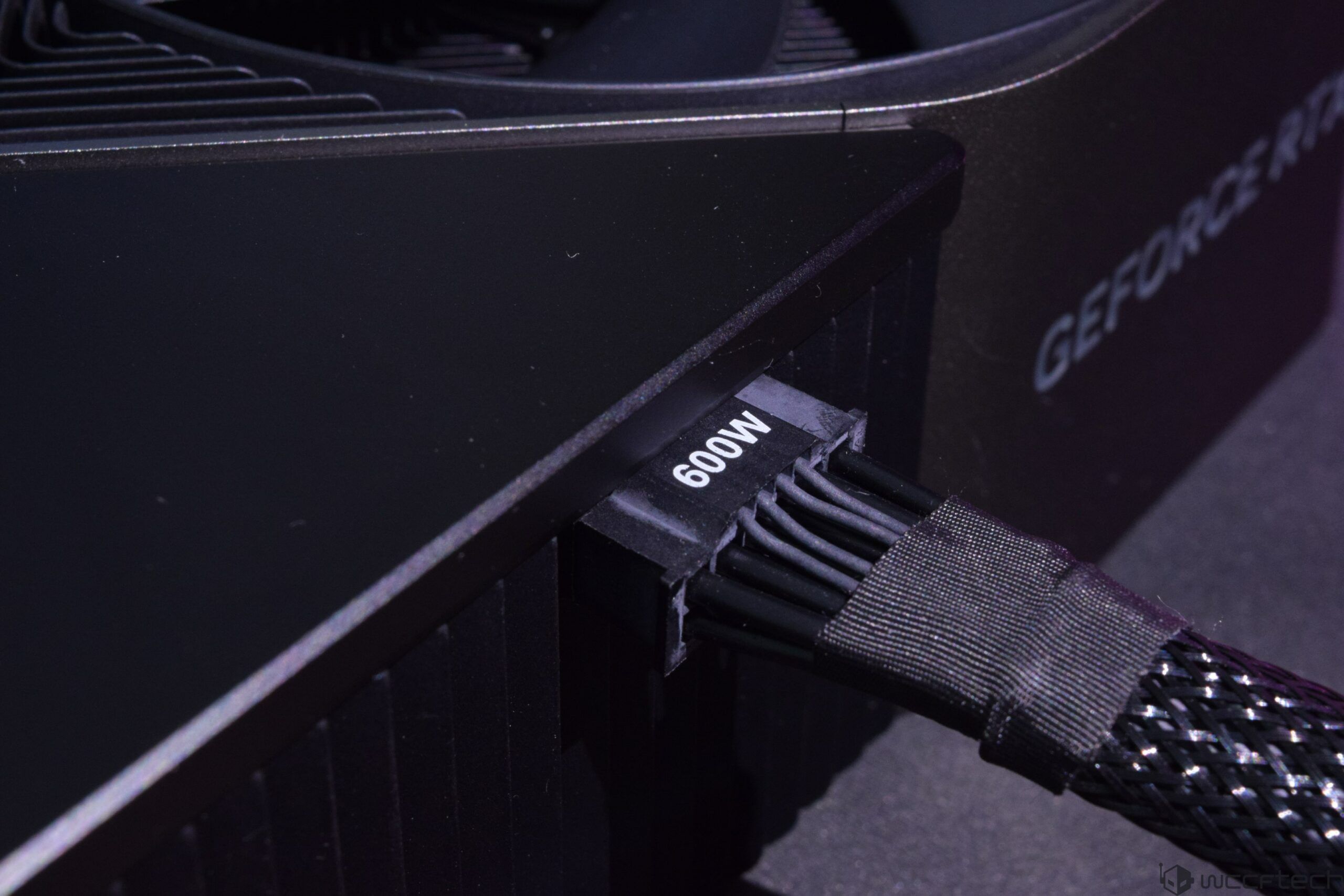PCI-SIG Readies 12V-2x6 PCIe 6.0 Connector To Replace 12VHPWR, Same 600W Design Minus The Melting
It looks like the 12VHPWR connector is going to be replaced by a new design known as the 12V-2x6 PCIe 6.0 which has been revealed in PCI-SIG docs by Igor's Lab.
12V-2x6 Gen 6 To Succeed 12VHPWR Gen 5 Connector & Deliver The Same 600W Power More Safely & Efficiently
When the first NVIDIA GeForce RTX 40 series graphics cards launched with the 12VHPWR connector (16-pin), there were several reports of the power plugs melting out which was later revealed to be a user error. Although cited as a "User Error" the issue stemmed from the improper insertion of the connector within the power plugs. Furthermore, the cable was not supposed to be bent which put stress on the contact points, leading to potential heat-up due to load management.
Image Credits: Igor's Lab
Documents from PCI-SIG have now been revealed which show that the company has drafted the design for the 12V-2x6 Connector which updates to PCIe Base 6.0 & conforms to the new ATX 3.1 standard. Once again, the connector will be designed to offer power up to 600W & an additional 75W will be available through the PCIe slot. What has changed is that previously, 600W was the entire limit that the GPU can access but with CEM 5.1 specification, this also allocates the PCIe slot power to the GPU.
Image Credits: Igor's Lab
The good thing about the new 12V-2x6 PCIe 6.0 connector is that it will be compatible with the existing form factor specifications by using a similar design. The design will be easily compatible with higher-end cards 300W+ but 150-300W designs may see a design change. The following are the main highlights of the new connector:
Current rating of current pins (sideband contacts excluded): Minimum 9.2 A per pin/position with a limit of 30 °C T-rise above ambient temperature conditions at 12 V dc with all twelve contacts activated.
The connector body shall have a label or embossed H mark to indicate support of 9.2 A/pin or greater. See the illustration above for the approximate location of the mark on the 12V-2×6 Right Angle (R/A) header.
Due to variations in contact resistance, a single pin may see more than 9.2A of current depending on uneven cable contact resistance, but the total current for the assembly must not exceed 55A RMS in either direction. This also addresses measurements and requirements for contact resistance variability.
Cable assembly integrators must ensure that the assembly, including 16 AWG wires and pins, meets the minimum current requirement and maximum temperature rise as specified above for their implementation.
Locked connector retention force: minimum 45.00 N when the connector is pulled axially
Image Credits: Igor's Lab
The documents also talk about two specific 12V-2x6 PCIe 6.0 designs and there's a likelihood that they will go with NTK pins instead of Astron. But once again, there seems to be a small portion of these new cables that aren't meant to be bent just like the existing connectors.
Image Credits: Igor's Lab
For 12VHPWR, the clearance room is around 200mm. In that regard, the following guidelines are mentioned:
Attach the expansion card connector to a fixture.
The LLCR of the cable assembly is measured from the footprint of the socket on the top of the expansion card PCB to 50mm from the point where the wire leaves the body of the connector. The purpose of checking the measurement point is to ensure that the wire length and its contribution to contact resistance are repeatable. This does not imply any limitation on the specific cable assembly implementation
Perform 30 mating cycles between the connector and the cable assembly
Logging the LLCR of each conductor of the cable assembly in the unloaded state.
Use a side load of 20 N in each of the directions defined above. The load must be applied to the cable bundle and beyond any cable ties or strain relief features of the assembly, if any. Note the LLCR of each conductor once the measurement result reaches a stable value.
Calculate the average contact resistance of pin groups 1-6 and 7-12 independently for each side load condition
The result for LLCR must not change by more than 50% from the average of that pin’s respective group under any test condition. A maximum LLCR of 6 mOhm/contact is specified as the upper limit for each conductor.
Image Credits: Igor's Lab
Some PSU manufacturers such as MSI are already working on clever ways to make sure that users install 12VHPWR connectors properly. Meanwhile, the mainstream GeForce RTX 40 lineup has not used the 12VHPWR connector at all and instead went with the standard 8-pin connectors. That is also something that is going to change with the 12V-2x6 design as it has included designs for 150-300W cards. Also, the maximum operating temperature seems to be around 168 hours at 105C. It is currently unclear if the PSUs have to be redesigned or if you'd only need the new cable and plug it straight into the 12VHPWR plug to make it work.
MSI already has its latest MAG GL PCIe 5.0 PSUs compatible with the PCI-SIG 12V-2x6 specifications. The company was also the first to unveil 12VHPWR designs when they were introduced last year.
We won't definitely see the connector any time soon since the specifications aren't finalized yet by PCI-SIG but based on the information, it looks like we can finally say goodbye to 12VHPWR on next-gen cards arriving sometime in 2025.
Source: Wccftech


